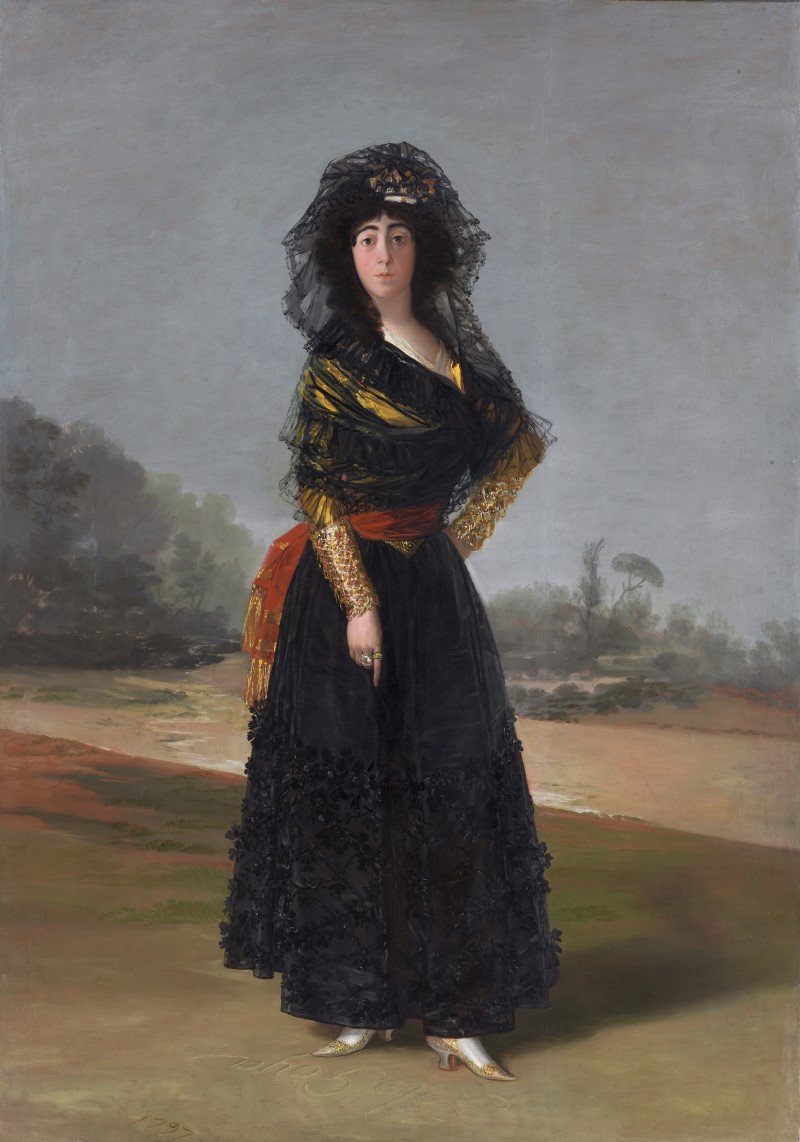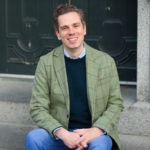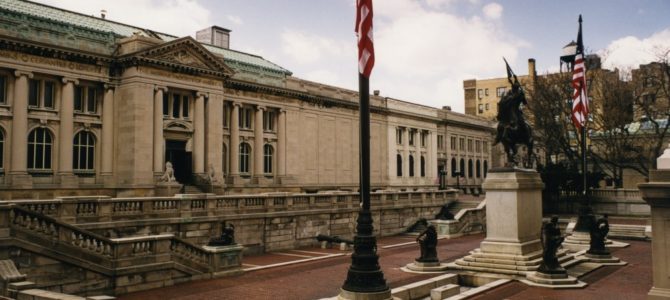
Over cold French salads on a hot New York summer day, I recently sat down to lunch with Guillaume Kientz, the new director and CEO of the Hispanic Society of America, to talk about where his prestigious institution is headed and reconsidering the state of museum culture.
The Hispanic Society was founded in New York City in 1904 by railroad heir Archer Milton Huntington (1870-1955) as a resource for studying the art and culture of the Hispanic world. Its holdings consist of more than 900 paintings, with works by El Greco, Goya (including one of his most intriguing portraits of the duchess of Alba), and Velázquez, among many others.
It also holds more than 6,000 drawings and watercolors, as well as works of sculpture, decorative arts, textiles, and jewelry, from all over the Spanish- and Portuguese-speaking world. Its library contains more than 300,000 books and periodicals, with thousands dating from before the 18th century, as well as more than 250,000 original manuscripts, letters, and other documents, not to mention thousands of photographs, prints, and other works on paper.
The Society’s grand headquarters in Manhattan’s Washington Heights neighborhood has been closed for several years now, due to extensive expansion and renovation, and, of course, Covid-19. During its shuttering, important works in its collection went on tour to museums around the world. Fortunately, things are mostly reopening in museum world, and into the midst of this renovated institution steps its new director, Kientz, who was selected after an international search.
Kientz arrives at the Hispanic facing some significant challenges, as this century-old institution begins to not only reopen its doors but also to reexamine its relationship to the community. Fortunately, the new director has carved out a distinguished career in the art world, on both sides of the Atlantic: he was previously curator of Spanish, Portuguese, and Latin American Art at the Louvre, and subsequently curator of European Art at the Kimbell Art Museum in Fort Worth, Texas.
The reader can well imagine that we ran out of time before I ran out of questions, but excerpts from our lengthy conversation follow.
Join Our Conversation Right Now
WN: You’re walking into an institution where your predecessors had recognized that things needed to change, but perhaps in the past were not quite sure what exactly needed to be done, other than increasing visibility and relevance.
GK: This is why they closed the museum for renovation and put the collection on tour, so that they could raise the visibility of the collection and the awareness of people about the HSML. Now what we’d like to do is to bring life back to Audubon Terrace, where we are. Since last June, we have a special exhibition gallery where we can rotate the collection.
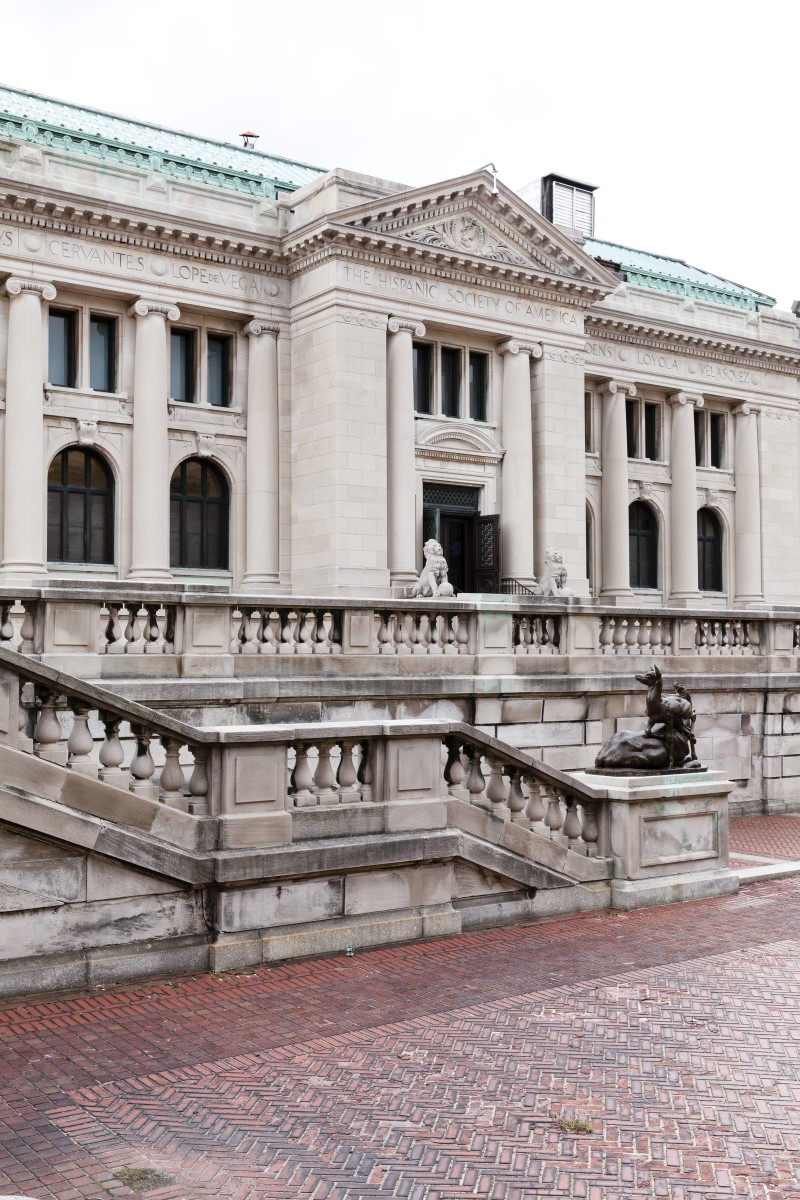
We also do outdoor exhibitions on the Terrace and welcome initiatives as much as we can accommodate them. This gives us a local visibility and relevance that is critical to serve the community.
Simultaneously we are also doing exhibition projects with other institutions, both in New York and in the U.S., and also abroad, so that the Hispanic Society will be present in many different places at the same time. I really think that this is the headquarters of a big institution that can serve many causes and communities throughout the world. So this is what I’m fostering right now.
WN: In a museum in the 21st century, how do you keep both the old and established, and the new and different, happy?
GK: We have three buildings at the Hispanic Society: one is the East Building, and then there is the Main Building, and the North Building, which is a storage facility. We are currently working on the East and Main Buildings. The idea is to provide two kinds of experiences.
In the Main Building, it’s the Hispanic Society that we all know: this grand courtyard with terracotta, paintings, objects from all over Latin America, Spain, and Portugal. For the permanent collection we would like to offer a great experience, something that is magical, traveling back in time and in space; something with a “Wow!” effect, just like when you visit the Uffizi’s Tribuna in Florence.
In the East Building, for now we have the ground floor exhibition gallery, and the plan is to add one more floor of exhibition galleries and one floor for education and collaborative community projects. I want to use that space to have exhibitions of objects on rotation from the collection, for example, all in a very dynamic way, that would address timely issues adding new voices to the conversations as well as shedding a new light and knowledge on the collection.
For example, we have an incredible collection of maps and globes. Since I’ve been here, I’ve thought, we could think of an exhibition discussing borders. Borders are a very concrete reality with human, political and cultural implications.
We have a very early map of the Ucayali River. We have one of the first maps of Tequalitche (Mexico). I mean, we have many incredible maps. So let’s make them speak, let’s have them resonate with today’s reality.

Fostering Conversations
Ultimately what we want to do is to reinforce collaboration and collective projects. So having some brainstorming: what are the themes that should or could be addressed with the collection. Where we are now, it’s about processing collectively: not to be obsessed with finding answers, but rather raising the right questions. Visitors are not only expected to visit a show, they should become part of the conversation.
In the past, a show used to be a demonstration, it is about time now it’s more about a conversation. Museums are useful when they help people grow as individuals, but also as a community or a group. What matters to me is that I am not the one telling the story—meaning, the Hispanic Society is not telling you what the world is, it’s not telling you what the human story is, it is providing material to feed fruitful and collective thinking.
WN: That’s a very fair, neutral view, to let things speak for themselves and have people take away whatever they are going to take away.
GK: Well, it’s not entirely neutral, because I think we’re trying to see where we’re going to be useful, where we can serve. We are facilitators for something to happen.
WN: I don’t like going to a show that tells me how to think. I like going to a show that says, “Here are all the things. We give you the information, we make some value judgments as to why this one is a little bit better than that one and here’s why we think so,” and okay, that’s a conversation. It’s not YOU MUST LIKE THIS BECAUSE…
GK: This is why I think more thinking is needed, and new voices are crucial, otherwise it would keep going in circles. It is critical to make room for new voices.
Sometimes it may feel unsettling or uncomfortable because it is new. No one likes to be challenged or proven wrong. Art historians, I’m sorry to say, they often forget that art was not created for them. Art is created for an audience: sometimes a very small one, sometimes a very large one. But there is this tendency of thinking that we are the only ones able to discuss the art, and our point of view is the only one. That’s absurd, and so wrong.
WN: You’re the prophets, though. You have to interpret the word from on high for us little people.
GK: Curators have to be listeners and to acknowledge, welcome, and foster visitors’ knowledge. Everyone can contribute to a better understanding of what surrounds us. It is a collective process.
One example: in the Louvre, there is this painting by Ribera: they call it “The Clubfoot.” That’s its title on the label. One day a physician came along and said that the boy in the painting did not have clubfoot, that he has a Triangular Syndrome and is actually hemiplegic.
They didn’t change the title, because the painting is known as “The Clubfoot,” but they explained what he was suffering from in the label text. It is like Wikipedia, it is a collectively and ever-perfectible built knowledge.
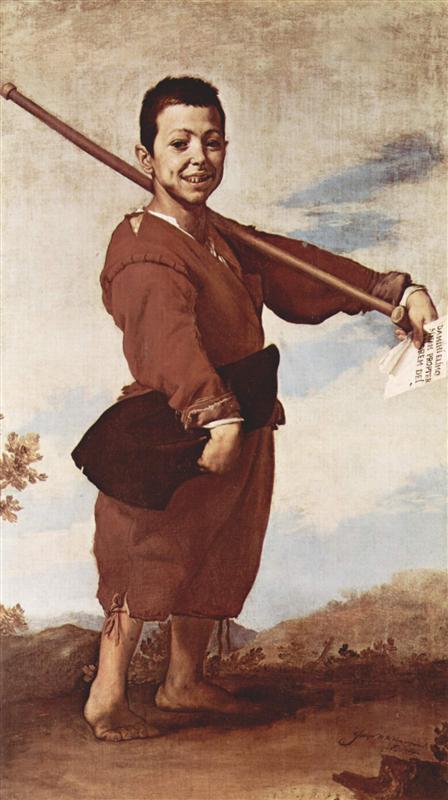
How to Convince People
WN: What’s interesting is that there are still people who will say, “You must like this artist because…”
GK: Sure, but the best way to convince someone about something is to explain why it is related to his or her time. For example, we may do a Picasso exhibition in 2023, because it will be the anniversary of his death (1973). There are many things that could be covered in a Picasso exhibition, and one is the question of what it means to be an artist going into exile, adapting to a different culture, being conflicted about his own identity, and all of that.
When he handles Spanish themes, for instance, clearly he’s having a hand-to-hand fight with his own background. At some point, it seems that his identity as an artist is conflicting with his identity as a painter, and he struggles to reconcile.
This is something that speaks to many of us. Where is home? Where do I belong? That does not make Picasso a moral compass. This is not the point. But it makes us relate to his experience as a human being, as an immigrant, as an exiled, as an artist and so on. It becomes more inspiring or thought-provoking. It can help us through our respective personal journeys.
If you think of some artists, well, their personal life is certainly not the best thing that they did in their lifetime, right? But their art, because it’s inspiring, or because of their journey, this is what we should look at. Not making them saints, not even making them great artists, just seeing them as inspiration.
WN: It’s to say that you can look at an artist and recognize the talent, but perhaps you can also recognize the bad things also, almost as a warning. There’s a balance to what you’ve said, which I think is a narrative that is lacking right now. It’s like the Salem Witch Trials out there at the moment.
GK: It’s important that it is happening; it is a phase, it has to happen. We’ll eventually move to the next step, which will resume conversations and start new ones, but it’s important that things get more balanced. It was about time!
The Next Few Years
WN: Obviously reopening is the most important thing the Hispanic Society can do right now. What do you see in the next three to five years for the institution?
GK: Well, the idea is that every year we will be reopening another part of the museum, so we started with the special exhibition gallery in the East Building. We want the upper terrace to be accessible and ADA-compliant before we reopen it. It has to be a place where we can welcome each and every one.
This is why we started opening in the East Building with the ground floor terrace, because we can accommodate wheelchairs and have ADA-compliant bathrooms. This is the way we want to do things. So hopefully, we will have the upper terrace ADA-accessible soon so we can have outdoor exhibitions up there too. And then we have to provide access to the Sorolla Gallery, which is fully renovated but not ADA-accessible yet.
Simultaneously with the special exhibition gallery, they will be dynamic and thought-provoking exhibitions, as well as programs online and in person. We want to be an active part of the neighborhood’s life, to serve our community the best we can, to welcome initiatives as much as we can, to give everyone a say in what we’re doing, to achieve our transformation collectively and collaboratively. It is important to add new perspective and start the conversation where we belong to, with the people we live with.
WN: In other words, it’s supposed to be more of a place for encounter, rather than a fortress.
GK: Yes, exactly. I want to make sure that everyone feels welcome, that initiatives are welcome, and that we can do things all together. It’s all about dialogues and shared dreams-building. Clever people listen before they speak, and it’s really important to invite, welcome, and listen to new voices. The idea of the museum as a fortress that tells the world what one should think and what one should appreciate or not, this is over. This was over a long time ago.
And this is why museums are important, it is about sharing. This is why I believe in museums. Museums are meant to educate, to edify people, and to share the beauty and the meaningfulness. It all comes from the idea that something is too beautiful or too important for oneself only.
Open the Gates
WN: A lot of museums are of the attitude, “It’s five o’clock, the gates are closed, you can’t come on the property.” Although you’re not saying that you’re going to let people go skateboarding around your terrace at 2 o’clock in the morning, of course.
GK: Why not, in a sense? I do want this to be a kind of public space. It’s not, since by law it will never be a completely public space. But, we must open the gates, widely, and I will love to see people hanging out there.
And if everyone doesn’t walk into the museum, that’s not necessarily an issue. There is a time for everything. The museum would be a place of life. There are many different ways for that to happen. And you know, just sitting around on the terrace and looking at the buildings and so on, even if it takes you two years to go in, and three years to meet with the art. It is okay. There is no reason to rush this. Hopefully, education and programs will smooth the way for the encounter.
Our neighborhood and our community are incredibly lively. This plaza that we have, I really think that it can play a great role, especially for a young audience.
Let’s imagine: one day you know kids will be visiting another museum, the Met, for instance, or the Louvre or the Prado, or be watching a documentary, reading a book, overhearing a conversation. They will see, hear or read the name of Goya, and with pride tell their friends they know him, have a bunch of his works next door, in their museum, at the HSML where they do art-making with the school, where they go skating, where they feel home.
They will feel empowered and see Goya, or any other artist or art piece, as part of the community. Then we’re doing something.
